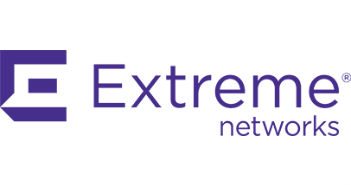Extreme Networks reported a net loss on its first full quarter of results that include its acquisition of Enterasys. However, the company reported that combined revenues grew three percent on a pro-forma basis, when compared to the prior year.
GAAP net loss for the quarter was $25.1 million, on revenue of $141.8 million.
“The integration efforts following the acquisition of Enterasys continue ahead of plan with the next major milestone, combining our ERP onto a single platform, on target to occur early in the first fiscal quarter of 2015,” said Chuck Berger, president and CEO of Extreme Networks, in a statement. “Once completed, we will be able to truly operate as a single company and realize further cost synergies from the acquisition.”
Extreme was named the official Wi-Fi analytics partner to the National Football League during its most recent quarter, as well as signing an agreement with the Tennessee Titans to provide the Wi-Fi infrastructure at the team’s LP Stadium. Berger said during the company’s last quarterly call that four teams are using Extreme’s solutions at their stadiums. Extreme also released new 802.11ac products, expanded its NetSight solution for network control and visibility, and launched a 100GbE blade for the BlackDiamond X8.
Extreme expects its results for its fiscal fourth quarter of this year to be in the range of $145 million-$150 million.

Extreme Networks sees modest revenue growth from Enterasys acquisition
ABOUT AUTHOR
